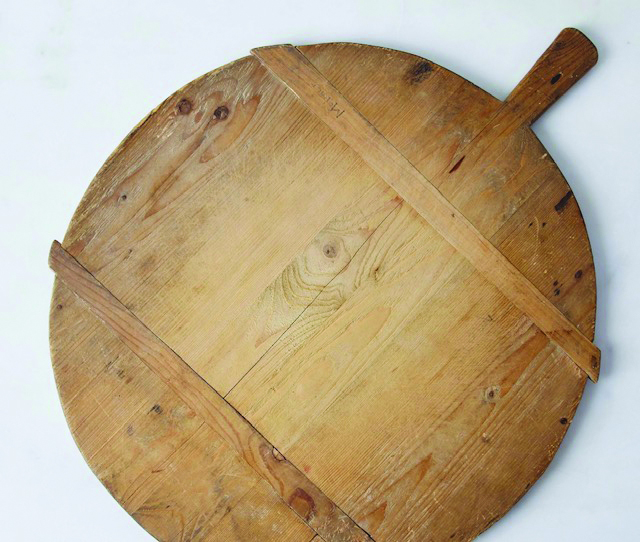Lindsey Bangs has always had a passion for baking. Her mom taught her how to bake, buying her her first cookbook when she was just 2 or 3 years oldA few months ago, she decided to step away from her job as a medical receptionist to focus on I Whisked It full time. She specializes in custom cakes, cupcakes and cake jars as well as hot chocolate bombs with homemade marshmallows and French chocolate during the winter. You can find I Whisked It at the Bedford farmers market every Tuesday from 3 to 6 p.m. through Oct. 17, and the Candia farmers market the third Saturday of every month through Oct. 21 from 9 a.m. to noon.
What is your must-have kitchen item?
I would have to say my small offset spatula. I reach for it for everything from smoothing brownie batter in pans to decorating cakes.
What would you have for your last meal?
I would start with a croissant with apricot or raspberry jam, Rhode Island-style calamari, halibut tacos and cheesecake with a traditional graham cracker crust and raspberry coulis.
What is your favorite local eatery?
I love Tuckaway Tavern in Raymond. .
Name a celebrity you would like to see eating in your restaurant?
I would love to have any of my favorite musicians, like Dave Matthews or Chris Carrabba, buy a cake from me just so I could thank them for the music and lyrics that so often keep me going. Or one of the cast members from Friends or The Office. They’re all responsible for delivering so many laughs in my house.
What is your favorite thing on your menu?
I love my Pina Colada cake jar. It’s layers of light coconut cake, coconut cream buttercream and a pineapple coconut filling. It’s so good.
What is the biggest food trend in New Hampshire right now?
I’ve noticed a lot of food, drink and even ice cream flight options, so it’s not just beer anymore. It’s great because I love being able to try a little bit of everything.
Banana bread
From the kitchen of I Whisked It
¾ cup sugar
1½ cups mashed bananas (three large)
¾cup vegetable oil
2 eggs
2 cups all-purpose flour
½ cup chopped walnuts (optional)
1 teaspoon baking soda
2 teaspoons vanilla
1 teaspoon of cinnamon
½ teaspoon baking powder
½ teaspoon salt
Heat oven to 325 degrees.
Grease a loaf pan with shortening, butter or non-stick spray.
Mix sugar, bananas, oil and eggs in a large bowl. Add in remaining ingredients and stir until just combined.
Pour into the greased loaf pan. Bake until a toothpick inserted in the center of the bread comes out clean (60 to 70 minutes). Let cool in the pan on a cooling rack with the pan on its side for 10 minutes, then remove the loaf from the pan. Let cool completely before slicing. Makes 1 loaf.
Featured photo: Lindsey Bangs. Courtesy photo.






